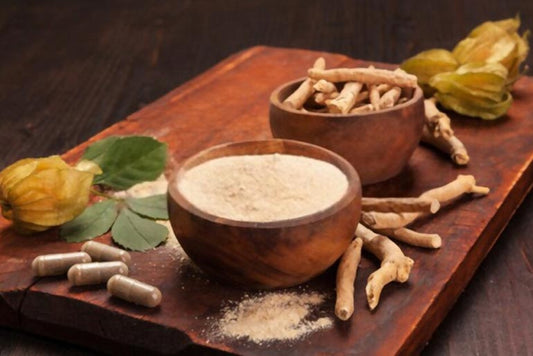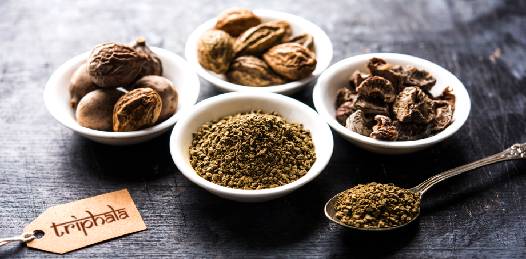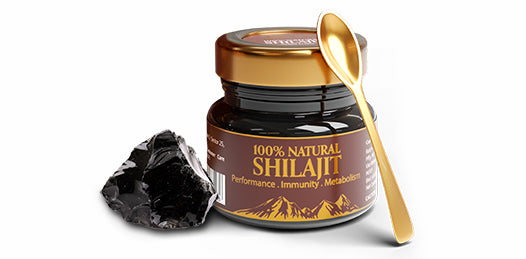
Introduction:
As nature's rhythms shift from one season to another, so do the doshas, the three vital energies in our bodies. In the ancient wisdom of Ayurveda, the year is divided into two distinct periods known as Kaal - (Uttaryana or Northern Solstice) and Visarga Kaal (Dakshinayana or Southern Solstice), - each consisting of three seasons, summing up to six seasons in a year. These changing seasons impact the doshas, the three fundamental energies in our bodies, influencing our health and well-being. Let's explore the essence of Seasonal Ayurveda and how we can adapt to dosha changes gracefully throughout the year.
Varsha Ritu - Monsoon
As the scorching summers give way to the refreshing monsoons during Varsha Ritu, the Ayurvedic wisdom comes to light. The dryness of the previous season accumulates Vata dosha, which further aggravates with the cold and dampness of the rainy season. The climate's shift creates the perfect conditions for dosha aggravation.
Little do we know that indulging in the treats of this season can lead to the accumulation of Pitta dosha within us. As we bid farewell to the monsoons and welcome the autumn breeze, the prevailing heat and unctuousness of the season pose the potential for further aggravation of Pitta. With the arrival of Sharad Ritu, it becomes crucial to be mindful of our diet and lifestyle choices to maintain a harmonious balance and embrace the beauty of this autumnal transition.
Vasant Ritu - spring
As the winter's icy grip tightens its hold, Kapha dosha finds solace in the excessive coldness, leading to its consolidation and accumulation during late winters. However, with the arrival of Vasant Ritu, the magical transformation begins. The prevailing heat of spring brings about the liquefaction of Kapha, enabling it to flow freely throughout the body, potentially aggravating it. This delicate dance of Kapha reminds us of the importance of adapting our lifestyles with the changing seasons to maintain harmony within ourselves. From the crisp days of late winter to the blossoming days of spring, let us embrace the wonders of Vasant Ritu and savor the beauty it offers from mid-March to mid-May.
Pacifying Tastes and Potencies for Balance
In the intriguing world of Ayurveda, balancing the doshas involves understanding the unique tastes (rasa) and potencies (veerya) that pacify Vata, Pitta, and Kapha. For Vata, the sweetness of madhura, along with sourness and saltiness, helps to soothe its restless nature while embracing hot potency to keep it grounded. Pitta finds harmony in the sweet taste combined with bitterness and astringency, offering a cooling effect. Kapha, on the other hand, is appeased by pungent tastes and the bitterness of tikta, coupled with astringency and hot potency, stimulating its energies. By savoring these flavors wisely, we can embrace the magic of Ayurveda and cultivate a sense of equilibrium within our doshas.
Restoring Balance: Ayurvedic Treatments

However, when aggravated doshas resist natural pacification, Ayurveda offers an array of treatments to restore balance. For excess Kapha, therapeutic emesis (vaman) is administered, eliminating the accumulated dosha. Pitta imbalances are addressed through therapeutic purgation (virechan), while Vata is pacified with medicinal enemas (basti). These Panchakarma measures are carefully designed to detoxify the body and bring doshas back into equilibrium, ensuring a harmonious coexistence of mind, body, and spirit. Embrace the wisdom of Seasonal Ayurveda, and let the changing seasons be an invitation to cultivate well-being and inner harmony.











